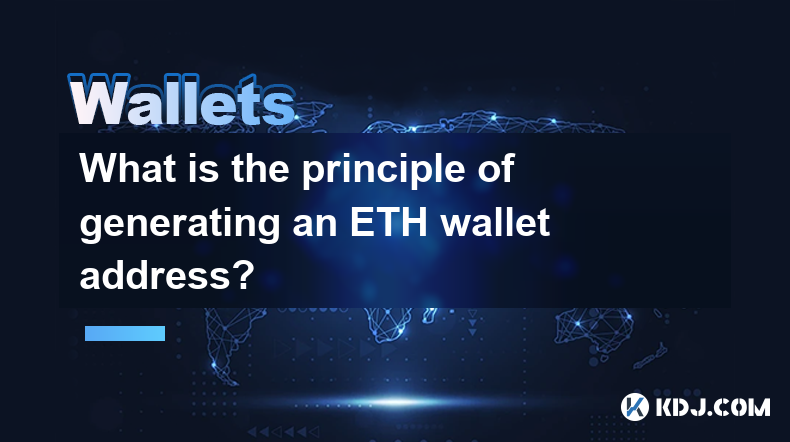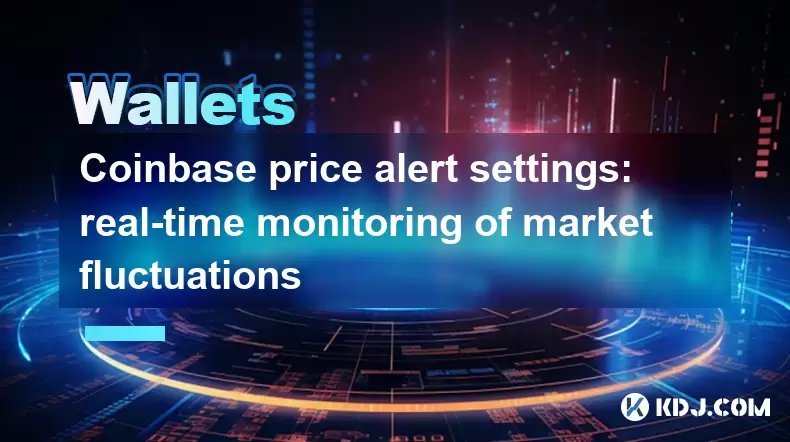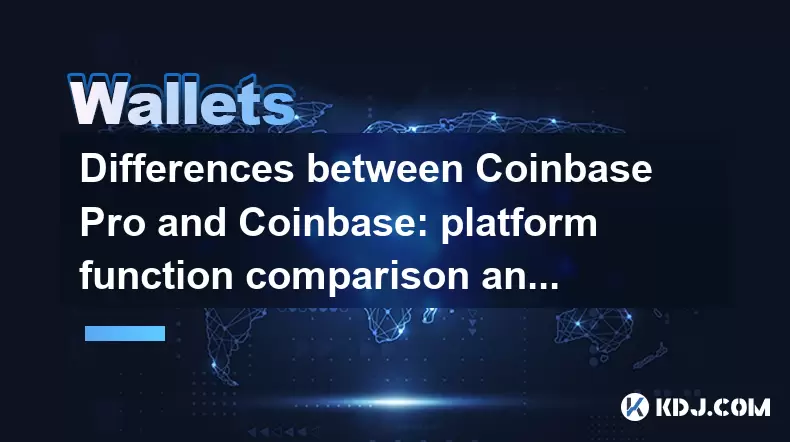-
 Bitcoin
Bitcoin $108,165.4587
0.78% -
 Ethereum
Ethereum $2,456.3517
1.15% -
 Tether USDt
Tether USDt $1.0003
0.00% -
 XRP
XRP $2.1934
0.05% -
 BNB
BNB $650.0935
0.52% -
 Solana
Solana $151.3905
2.69% -
 USDC
USDC $0.9998
0.00% -
 TRON
TRON $0.2751
-0.32% -
 Dogecoin
Dogecoin $0.1640
0.87% -
 Cardano
Cardano $0.5631
0.57% -
 Hyperliquid
Hyperliquid $38.7115
4.69% -
 Bitcoin Cash
Bitcoin Cash $493.1868
-0.39% -
 Sui
Sui $2.8217
3.61% -
 Chainlink
Chainlink $13.3994
2.08% -
 UNUS SED LEO
UNUS SED LEO $9.1632
0.94% -
 Avalanche
Avalanche $18.0318
1.97% -
 Stellar
Stellar $0.2388
0.35% -
 Toncoin
Toncoin $2.8763
1.41% -
 Shiba Inu
Shiba Inu $0.0...01160
1.59% -
 Litecoin
Litecoin $86.6393
1.29% -
 Hedera
Hedera $0.1485
0.16% -
 Monero
Monero $315.7948
1.56% -
 Polkadot
Polkadot $3.4240
1.88% -
 Bitget Token
Bitget Token $4.6314
-0.44% -
 Dai
Dai $0.9998
-0.01% -
 Ethena USDe
Ethena USDe $1.0002
-0.01% -
 Uniswap
Uniswap $7.2110
2.59% -
 Aave
Aave $270.6087
6.07% -
 Pi
Pi $0.5350
0.52% -
 Pepe
Pepe $0.0...09545
1.26%
What is the principle of generating an ETH wallet address?
ETH wallet addresses are generated by applying a cryptographic hash function (like Keccak-256) to a compressed public key, creating a unique, irreversible 42-character hexadecimal identifier for secure ETH transactions.
Mar 12, 2025 at 11:30 am

Key Points:
- ETH wallet addresses are derived from cryptographic hash functions applied to a user's public key.
- The process ensures a unique, irreversible address for each user.
- Understanding the underlying cryptography provides insight into the security of ETH transactions.
- Different types of ETH wallets utilize variations of this core principle.
- Security best practices are crucial to prevent address compromise.
What is the principle of generating an ETH wallet address?
The generation of an Ethereum (ETH) wallet address is a crucial aspect of interacting with the Ethereum blockchain. It's a process rooted in public-key cryptography, ensuring that each user has a unique identifier for receiving and sending ETH. The foundation lies in the concept of a key pair: a private key and a public key. The private key, kept secret, is analogous to a password, granting control over the ETH associated with the address. The public key, derived from the private key through complex mathematical operations, is the basis for generating the wallet address.
This public key is not directly used as the wallet address. Instead, it undergoes a series of transformations. First, the public key is typically compressed to reduce its size. Then, a cryptographic hash function, such as Keccak-256 (used specifically in Ethereum), is applied to the compressed public key. The result of this hash function is a 42-character hexadecimal string—this is the Ethereum wallet address. The hash function's properties ensure that even a tiny change in the public key results in a drastically different address, guaranteeing uniqueness.
The irreversibility of the process is a vital security feature. It's computationally infeasible to derive the private key from the public key or the address. This one-way function protects users' funds. The security of the entire system rests on the secrecy of the private key. Anyone possessing the private key has complete control over the associated ETH. Losing the private key means losing access to the funds irrevocably.
Different types of ETH wallets, such as software wallets, hardware wallets, and paper wallets, implement this principle with variations. Software wallets, installed on a computer or smartphone, typically generate key pairs directly within the application. Hardware wallets provide an added layer of security by generating and storing keys on a dedicated physical device. Paper wallets involve printing the public and private keys offline, prioritizing security over convenience.
Regardless of the wallet type, the core principle remains the same: a cryptographic hash function converts a user's public key into a unique and irreversible ETH wallet address. This address is then used for all transactions on the Ethereum blockchain. The security of this system depends entirely on the user's ability to keep their private key confidential.
Understanding the process of generating an ETH wallet address highlights the importance of security best practices. These include:
- Storing private keys securely: Use strong, unique passwords, and consider hardware wallets for enhanced security.
- Avoiding phishing scams: Be wary of websites or emails requesting private key information.
- Regularly backing up your wallet: Losing access to your private key means losing access to your ETH.
- Using reputable wallet providers: Choose wallets from well-established developers with a proven track record of security.
- Keeping your software updated: Updates often include security patches that protect against vulnerabilities.
The strength of the ETH address generation process hinges on the cryptographic algorithms employed. The use of robust hash functions and the one-way nature of the process contribute to the security and integrity of the Ethereum network.
Common Questions and Answers:
Q: Can I change my ETH wallet address?
A: No, you cannot change your ETH wallet address. The address is derived from your public key, which in turn is derived from your private key. Changing the address would require generating a completely new key pair, essentially creating a new wallet.
Q: Is it possible to reverse the process and get the private key from the public key?
A: No, it's computationally infeasible to reverse the hash function and obtain the private key from the public key or the address. This is a fundamental property of cryptographic hash functions and is crucial for the security of the system.
Q: What happens if I lose my private key?
A: Losing your private key means losing access to your ETH. There's no way to recover it, and your funds will be effectively lost. Therefore, secure private key storage is paramount.
Q: Are all ETH wallet addresses the same length?
A: Yes, all standard ETH wallet addresses are 42 characters long and consist of hexadecimal characters (0-9 and a-f). This consistent length is a direct result of the Keccak-256 hash function used in the address generation process.
Q: How does the Ethereum network ensure the uniqueness of wallet addresses?
A: The uniqueness of ETH wallet addresses is guaranteed by the properties of the Keccak-256 hash function. The probability of two different public keys resulting in the same address is astronomically low, effectively ensuring uniqueness. The collision resistance of the hash function prevents address duplication.
Q: What is the role of the public key in the address generation process?
A: The public key serves as the input to the Keccak-256 hash function. It is derived from the private key, but unlike the private key, it can be shared publicly without compromising the security of the funds. The address is a concise and publicly accessible representation of the public key.
Q: Can I use my ETH wallet address on multiple exchanges?
A: Yes, your ETH wallet address can be used on multiple exchanges and platforms. The address itself is simply an identifier for receiving and sending ETH; it is not tied to a specific exchange or service. However, exercise caution and only use addresses from reputable sources to avoid scams.
Disclaimer:info@kdj.com
The information provided is not trading advice. kdj.com does not assume any responsibility for any investments made based on the information provided in this article. Cryptocurrencies are highly volatile and it is highly recommended that you invest with caution after thorough research!
If you believe that the content used on this website infringes your copyright, please contact us immediately (info@kdj.com) and we will delete it promptly.
- Bitcoin: A Lifeline Against Authoritarian Regimes and a Strategic Asset?
- 2025-06-29 22:30:12
- Elementary, My Dear Collector: Sherlock Holmes 50p Coins on eBay!
- 2025-06-29 22:30:12
- New Coin Disappearing Fast: The Price Impact of Angry Pepe Fork
- 2025-06-29 22:35:12
- Tron vs. Dogecoin: A Cryptocurrency Showdown in 2025
- 2025-06-29 22:50:12
- Ethereum, DeFi, and Cryptocurrency: Navigating the Evolving Landscape
- 2025-06-29 23:07:14
- New Coins, Gaming, and Shiba Inu: What's Hot in the Crypto Space?
- 2025-06-29 23:11:47
Related knowledge

Coinbase price alert settings: real-time monitoring of market fluctuations
Jun 29,2025 at 07:00am
Setting Up Coinbase Price AlertsTo begin real-time monitoring of market fluctuations on Coinbase, users can utilize the built-in price alert feature. This function allows you to receive notifications when a cryptocurrency reaches a specific price point. To access this setting, open the Coinbase app or log in via the web platform. Navigate to the 'Prices...

How to stake cryptocurrencies on Coinbase? Benefits and risks
Jun 27,2025 at 06:36pm
Understanding Cryptocurrency Staking on CoinbaseStaking cryptocurrencies involves locking up digital assets to support the operations of a blockchain network, typically in return for rewards. Coinbase, one of the most popular cryptocurrency exchanges globally, offers staking services for several proof-of-stake (PoS) coins. Users can stake their holdings...

Differences between Coinbase Pro and Coinbase: platform function comparison and analysis
Jun 29,2025 at 08:21am
Overview of Coinbase and Coinbase ProWhen exploring the cryptocurrency trading landscape, users often encounter two platforms under the same parent company: Coinbase and Coinbase Pro. While both are operated by the same organization, they cater to different types of users and offer varying features. Coinbase is primarily designed for beginners and casua...

How to contact Coinbase customer service? Support channels and response times
Jun 28,2025 at 01:29pm
Contacting Coinbase Customer Service: Support Channels and Response TimesIf you're a user of Coinbase, reaching their customer service team may become necessary for various reasons, such as account verification issues, transaction disputes, or technical difficulties. Understanding the different support channels available and what to expect in terms of r...

Coinbase advanced trading function usage tutorial: limit orders and market orders
Jun 28,2025 at 09:07pm
Understanding the Difference Between Limit Orders and Market OrdersWhen using Coinbase's advanced trading features, it is crucial to understand the fundamental difference between limit orders and market orders. A market order executes immediately at the best available price on the market. This type of order ensures that your trade goes through quickly, ...

How to sell Bitcoin on Coinbase? Detailed transaction steps
Jun 29,2025 at 04:22am
Setting Up Your Coinbase Account for TransactionsBefore you can sell Bitcoin on Coinbase, you must ensure your account is fully set up and verified. Coinbase requires identity verification to comply with regulatory standards. This process involves uploading a government-issued ID, confirming your address, and sometimes submitting a selfie holding the ID...

Coinbase price alert settings: real-time monitoring of market fluctuations
Jun 29,2025 at 07:00am
Setting Up Coinbase Price AlertsTo begin real-time monitoring of market fluctuations on Coinbase, users can utilize the built-in price alert feature. This function allows you to receive notifications when a cryptocurrency reaches a specific price point. To access this setting, open the Coinbase app or log in via the web platform. Navigate to the 'Prices...

How to stake cryptocurrencies on Coinbase? Benefits and risks
Jun 27,2025 at 06:36pm
Understanding Cryptocurrency Staking on CoinbaseStaking cryptocurrencies involves locking up digital assets to support the operations of a blockchain network, typically in return for rewards. Coinbase, one of the most popular cryptocurrency exchanges globally, offers staking services for several proof-of-stake (PoS) coins. Users can stake their holdings...

Differences between Coinbase Pro and Coinbase: platform function comparison and analysis
Jun 29,2025 at 08:21am
Overview of Coinbase and Coinbase ProWhen exploring the cryptocurrency trading landscape, users often encounter two platforms under the same parent company: Coinbase and Coinbase Pro. While both are operated by the same organization, they cater to different types of users and offer varying features. Coinbase is primarily designed for beginners and casua...

How to contact Coinbase customer service? Support channels and response times
Jun 28,2025 at 01:29pm
Contacting Coinbase Customer Service: Support Channels and Response TimesIf you're a user of Coinbase, reaching their customer service team may become necessary for various reasons, such as account verification issues, transaction disputes, or technical difficulties. Understanding the different support channels available and what to expect in terms of r...

Coinbase advanced trading function usage tutorial: limit orders and market orders
Jun 28,2025 at 09:07pm
Understanding the Difference Between Limit Orders and Market OrdersWhen using Coinbase's advanced trading features, it is crucial to understand the fundamental difference between limit orders and market orders. A market order executes immediately at the best available price on the market. This type of order ensures that your trade goes through quickly, ...

How to sell Bitcoin on Coinbase? Detailed transaction steps
Jun 29,2025 at 04:22am
Setting Up Your Coinbase Account for TransactionsBefore you can sell Bitcoin on Coinbase, you must ensure your account is fully set up and verified. Coinbase requires identity verification to comply with regulatory standards. This process involves uploading a government-issued ID, confirming your address, and sometimes submitting a selfie holding the ID...
See all articles

























































































